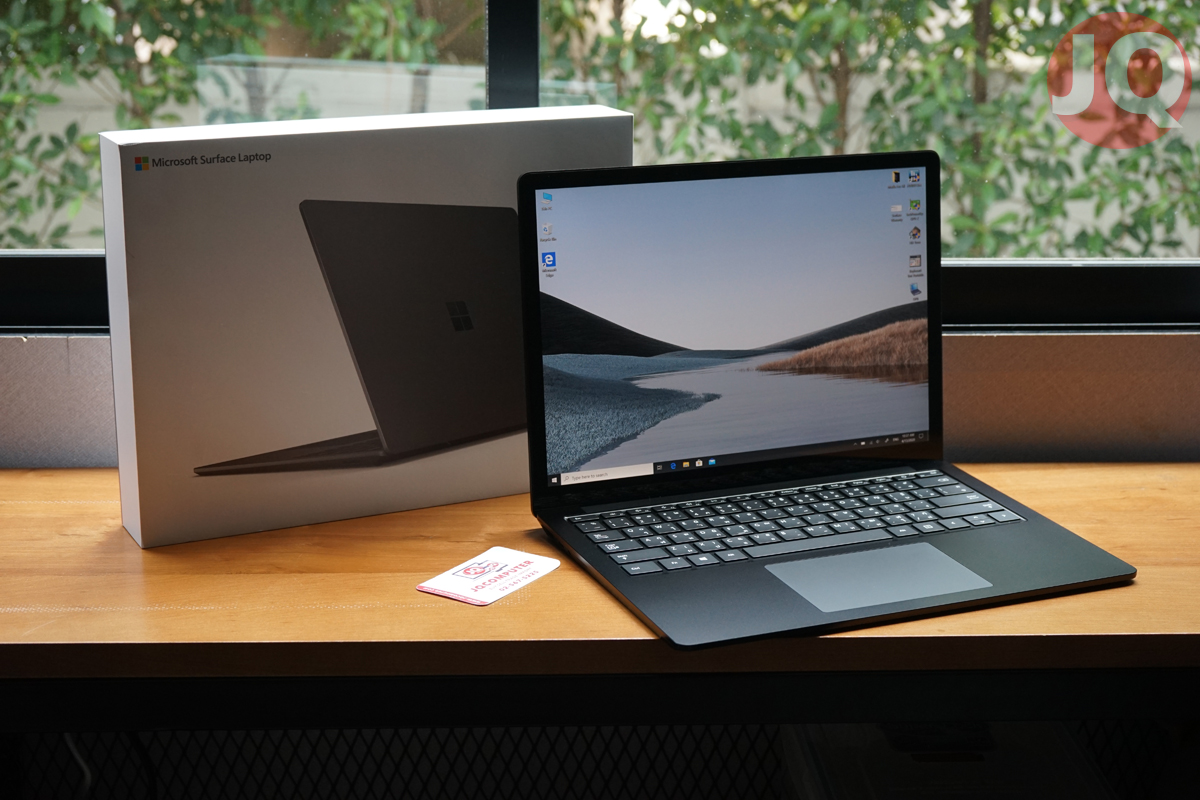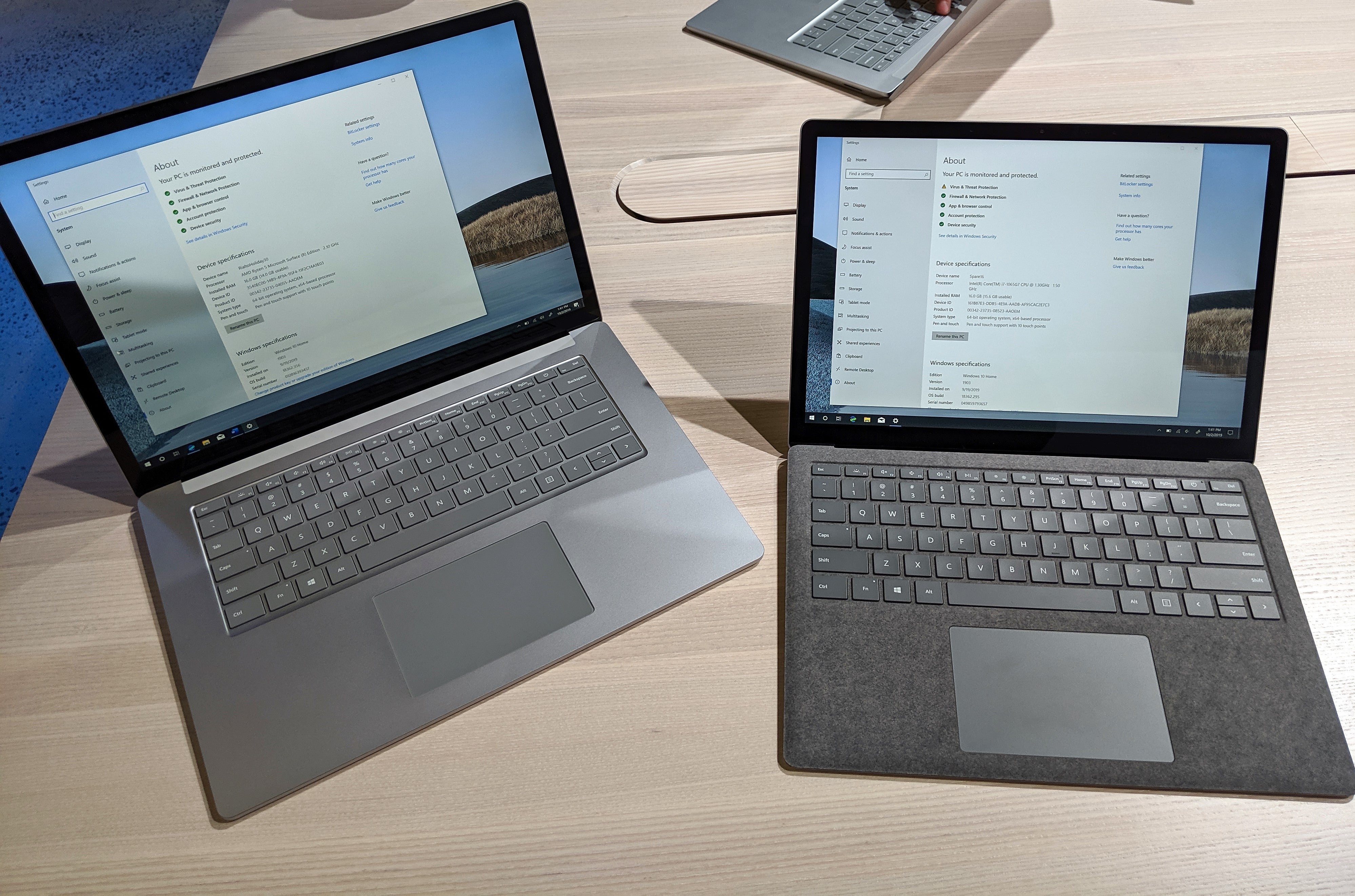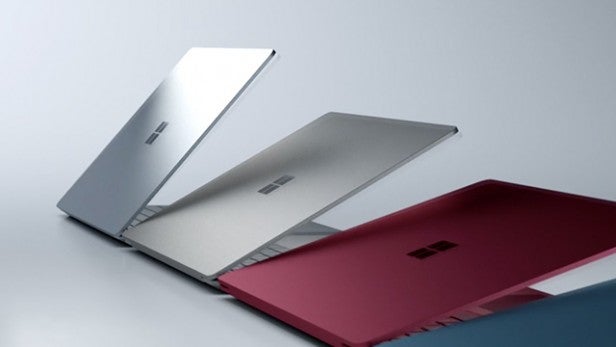

The short version is that it is possible to game on the hardware but not at optimal settings. While the CPU was usually less than 50%, the GPU was maxed at 90% or above for testing of higher-end settings. I know this because, using the Game Bar that is built into Windows 10, you can see your system perf in real-time.

But I can tell you, neither the RAM nor the CPU was the bottleneck, it’s the GPU that was holding the scores back in every game that I played.


And even if you were not curious, I was, so I downloaded a couple of titles and put the new hardware to the test.įor this experiment, I was using the 15in, AMD Ryzen 5 with Vega 9 GPU and 16GB of RAM. PCWorld used a Ryzen 7 model instead.This week, Microsoft’s third-generation Laptop will become available and if you are planning to buy the more expensive 15in iteration, you may be wondering how it performs with a bit of casual gaming. I can only comment on the Intel Core i7 model I tested, but our US colleagues at The latter is supposedly a ‘Surface Edition’, but it’s not clear why Microsoft hasn’t used the latest However, Microsoft is now letting you choose between the latest Intel silicon and AMD’s Ryzen 4000 Series. The Surface Laptop 4’s most significant change comes under the hood, with a shift toġ1th-gen Tiger Lake processors.


 0 kommentar(er)
0 kommentar(er)
